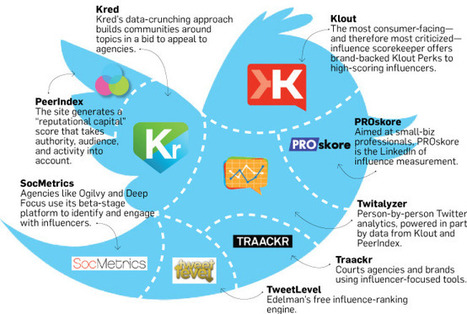I recently stumbled across the Infographic of Who’s Who of Social Influence Measurement and while it’s no surprise to see the social influencer industry growing, it’s a little worrisome....
No influencer app can ever accurately measure sentiment by running keywords through a program, because it can’t account for the different contexts of human conversations. Only a human being can do that. And heck, that can even be challenging for humans to determine when they are solely reading words and aren't able to see people’s facial expressions and body language as they speak.
But as organizations try and continue to justify the ROI of social media, there is a lot of pressure to produce lengthy reports to illustrate how they are preforming – thus the growth of influencer apps and products. My advice? Take influencer scores and reports by Klout, Kred, Twitalyzer, etc. with a grain of salt. If you are really engaged with your community, you will manually see how influential you are within your niche community....
[Good reminder that apps can't do it all -JD]



 Your new post is loading...
Your new post is loading...








